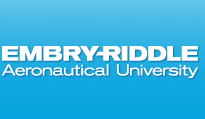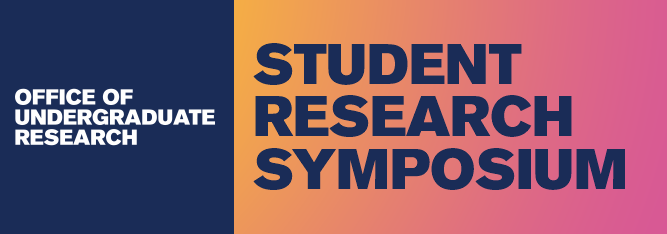Is this project an undergraduate, graduate, or faculty project?
Undergraduate
individual
What campus are you from?
Other
Authors' Class Standing
Ahnika Gee, Senior
Lead Presenter's Name
Ahnika Gee
Faculty Mentor Name
Dr. Dmitry Savransky
Abstract
This project focuses on creating/improving an open-source software called EXOSIMS, which develop simulations to support the design of exoplanet direct imaging missions, particularly for upcoming observatories such as the Habitable Worlds Observatory (HWO) and the Nancy Grace Roman Space Telescope (NGRST). EXOSIMS allows for custom simulation configurations to optimize mission planning, including target selection, yield estimation, and resource allocation.
The approach includes refining the Mass-Luminosity Relationship (MLR) to improve age determination for stars, which is critical for evaluating exoplanet system habitability. By utilizing updated MLR models alongside cluster age determinations, we can enhance the accuracy of age estimates for main sequence stars and binaries, which are central to HWO's target list. We also integrate tools from AstroPy to streamline data processing and dependency management, enabling faster generation of simulated universes with improved consistency.
Preliminary results show that combining MLR models with age-cluster data yields more reliable age predictions for binary systems. Future work will focus on expanding these models and implementing gyrochronology to further refine age estimates. This ongoing development contributes to mission planning and helps to ensure that target star ages are accurately estimated, aiding in the assessment of exoplanetary environments and potential habitability.
Did this research project receive funding support from the Office of Undergraduate Research.
No
EXOSIMS: Yield Modeling Software for Exoplanet Observations
This project focuses on creating/improving an open-source software called EXOSIMS, which develop simulations to support the design of exoplanet direct imaging missions, particularly for upcoming observatories such as the Habitable Worlds Observatory (HWO) and the Nancy Grace Roman Space Telescope (NGRST). EXOSIMS allows for custom simulation configurations to optimize mission planning, including target selection, yield estimation, and resource allocation.
The approach includes refining the Mass-Luminosity Relationship (MLR) to improve age determination for stars, which is critical for evaluating exoplanet system habitability. By utilizing updated MLR models alongside cluster age determinations, we can enhance the accuracy of age estimates for main sequence stars and binaries, which are central to HWO's target list. We also integrate tools from AstroPy to streamline data processing and dependency management, enabling faster generation of simulated universes with improved consistency.
Preliminary results show that combining MLR models with age-cluster data yields more reliable age predictions for binary systems. Future work will focus on expanding these models and implementing gyrochronology to further refine age estimates. This ongoing development contributes to mission planning and helps to ensure that target star ages are accurately estimated, aiding in the assessment of exoplanetary environments and potential habitability.


